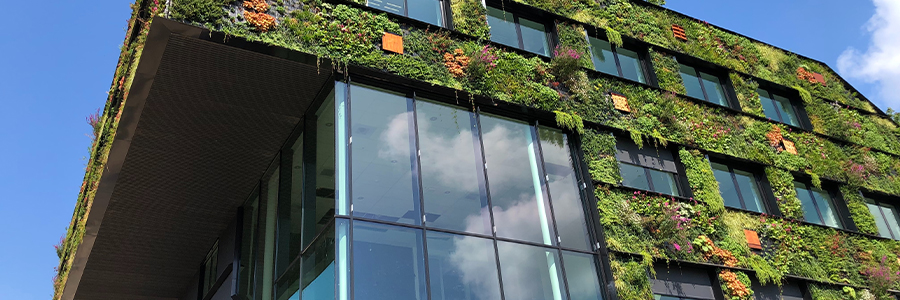
As a result of climate change, extreme weather events like drought, wildfires, and flooding are becoming more frequent and destructive — and therefore, water and other natural resources are becoming more precious.
Water usage directly impacts the longevity, safety, and sustainability of properties, since water touches several aspects of nearly all buildings: plumbing, irrigation, regulatory compliance, budgeting, and long-term environmental sustainability. If properties aren’t using natural resources like water in an efficient way, they’re not only wasting them — they’re leaving buildings vulnerable to destruction.
Luckily, using smart water management solutions can tackle climate risk on properties to make them more sustainable and resilient.
- Use alternative water sources
Cities often must comply with water reductions and savings mandates. A smart way to limit freshwater consumption is to use alternative water sources such as captured rainwater, recycled water, pond or reservoir water, and water that’s been treated onsite.
Capturing rainwater involves collecting run-off rainfall from roof tops into gutters and channeling water into storage vessels such as rain barrels or large cisterns. This recycled water can then be used for outdoor irrigation or indoor non-potable uses, reducing a property’s overall freshwater usage.
A rainwater harvesting system can collect, filter, divert, store, and distribute water in a landscape. Doing so eases the strain on municipal water supplies, reduces risk of flooding, and fights erosion and contamination. Using reclaimed water whenever available is an excellent way for buildings to save on water costs and protect their properties and the environment.
- Switch to smart irrigation
Outdoor water use in the U.S. averages more than 9 billion gallons per day, with much of that going to landscape irrigation. Up to 50% of that daily 9 billion gallons is wasted through overwatering and inefficient irrigation.
Smart irrigation attempts to combat that waste by tailoring watering schedules and run times to the specific landscape. Smart controllers monitor weather, soil conditions, evaporation, rainfall, temperature, plant water use, and other site-specific factors, and then adjust watering schedules accordingly.
Smart irrigation helps properties rise to meet the challenges of drought and climate change, since controllers cut off water the moment it’s no longer needed, reducing water waste and harmful nutrient and water runoff. It’s also effective in managing wildfire risks since users can irrigate safely from a remote location to keep flames at bay if fire breaks out.
- Prioritize green infrastructure
Green infrastructure considers the natural environment and its ecological functions when planning urban land use. Implementing green infrastructure can help properties conserve water, improve asset value, and fight the impacts of climate change.
Some examples of green infrastructure in buildings include green roofs, living walls, and rain gardens. Properties that invest in green infrastructure often experience benefits such as cost reductions in water, heating, air conditioning, and air purification.
Infrastructure like green roofs can even increase the property value of commercial buildings, particularly in urban areas where green space is scarce. Green roofs are a great example of green infrastructure that conserve water and reduce climate risks by absorbing stormwater and preventing hazardous runoff in surrounding areas.
While our rapidly changing climate poses significant risks to water sources and infrastructure across the globe, there are strategies to mitigate the damage done to properties by extreme weather events. Learn more about how to protect your sites and buildings from climate risks in this eBook.

